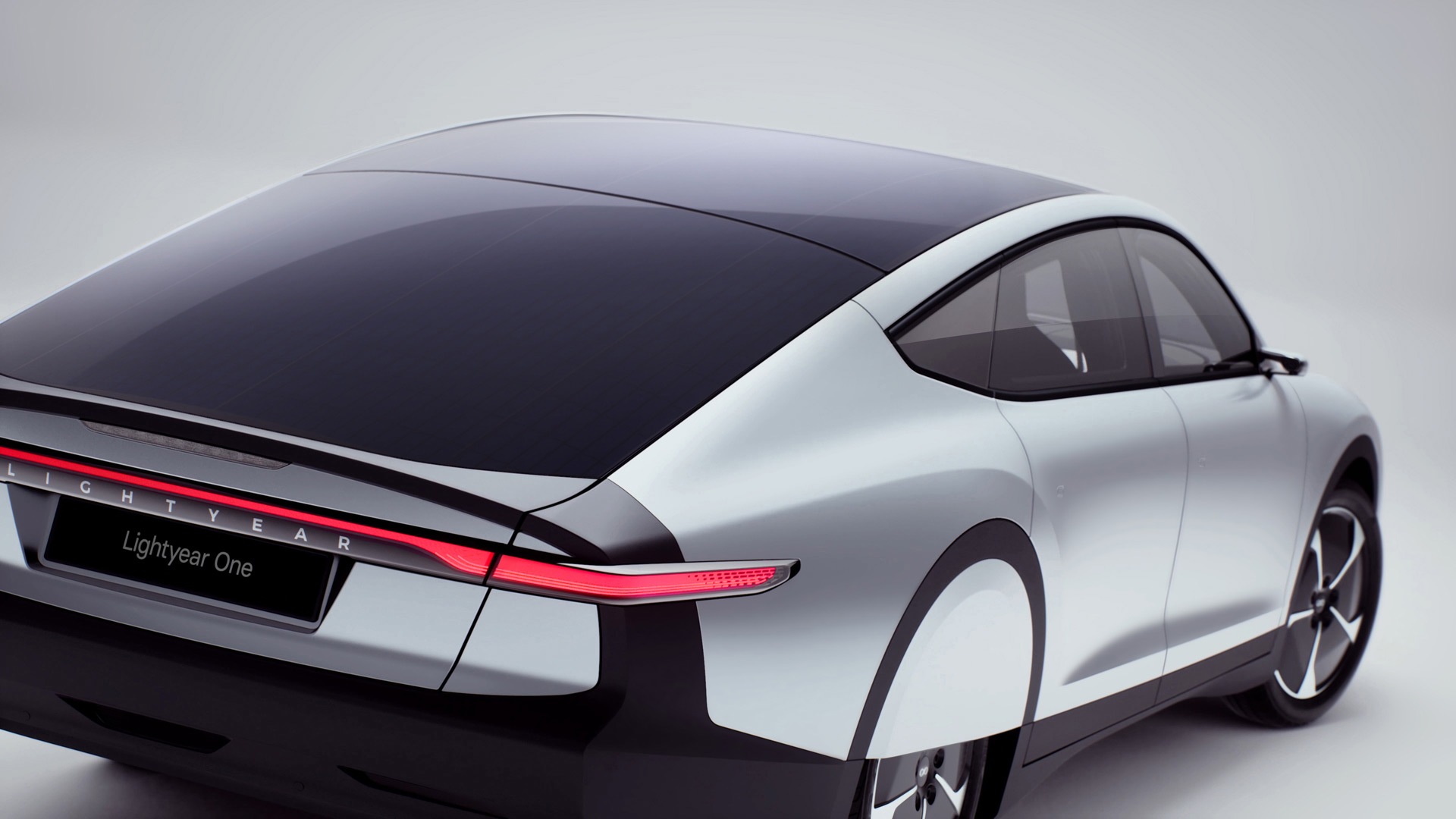Lightyear: Strategic Roadmap for Electric Cars

Last year, we set a new standard for EV efficiency with our validation prototype by driving over 440 miles (710 kilometres) on a single battery charge.
Lightyear’s Aerodynamics team recently took the next step by further testing critical aspects of the vehicle in Rome, at the Bridgestone European Proving Ground (EUPG). The power consumption of Lightyear One depends on three key elements: the heating system, rolling resistance, and aerodynamics. Aerodynamics is a major consumer, especially at higher speeds. Read more about what we learned from this test here: https://lightyear.one/articles/on-tra…
The Lightyear team first tested tyre performance, then aerodynamics and finally, efficiency at higher speeds.
In automotive aerodynamics, there is a three-part testing trinity: wind tunnel, computational fluid dynamics (CFD) and real-world testing. Simulations provide key insight, but they can’t tell us for certain exactly how the car will perform where it matters most, real life.
Lightyear’s aerodynamics team recently completed this trinity with promising results, as they put the validation prototype on the track in Aprilia, at the Bridgestone European Proving Ground (EUPG).
Energy consumption
Lightyear One’s energy consumption, and therefore its efficiency, depends on three key elements: the heating system, rolling resistance, and aerodynamics. Aerodynamics is a major energy consumer, especially at higher speeds, because air resistance increases with velocity.
The car tackles the challenge with a design that minimises air resistance and achieves a low drag coefficient. A good (low) drag coefficient means a more economical car that consumes less energy and, as a result, can drive further.
Aerodynamic design becomes particularly important at speed, and it’s the same reason for Lightyear One’s gentle curves and organic shapes. But there is a careful balance to strike; marrying aerodynamic proportions with sleek looks, solar panel integration, (780L) storage space and a user-friendly experience is what we focus on.
Real-world testing
Reviewing real-life performance is a critical step towards that balance. “We already have a lot of information, but we want to complete this trinity.” Explains Federico Garcia, Aerodynamic Engineer. “What we are trying to acquire here is information about how the car behaves in a natural environment.”
Tests consisted of driving at varying speeds up to 130 km/h, taking wake measurements of air pressure around the car and monitoring power consumption.
Source: Lightyear On Track to the most aerodynamic 5 seater









